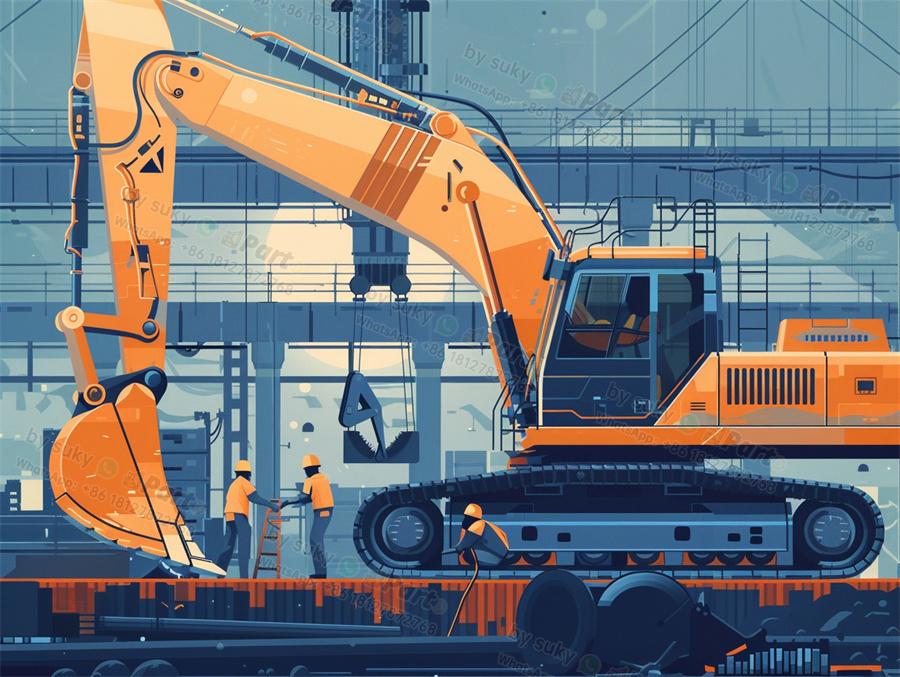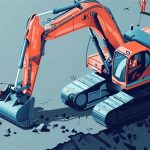Additive Manufacturing to Revolutionize Caterpillar’s Spare Parts Supply Chain
With the advent of additive manufacturing, commonly known as 3D printing, the landscape of spare parts supply chain management is poised for a drastic transformation. Caterpillar, a renowned manufacturer of construction and mining equipment, is one of the companies at the forefront of leveraging this technology to streamline their operations. In this article, we will explore how additive manufacturing is set to revolutionize Caterpillar’s spare parts supply chain, and what implications this may have for importers and distributors of engineering vehicle components.
## Enhancing Flexibility and Efficiency in Supply Chain
Additive manufacturing offers Caterpillar the ability to produce spare parts on-demand, eliminating the need for large inventories and long lead times. This enhanced flexibility allows the company to respond swiftly to customer demands, reducing downtime and improving overall operational efficiency. In the past, sourcing rare or outdated parts could be a logistical nightmare, but with 3D printing, Caterpillar can simply produce the required components in-house, revolutionizing their supply chain management.
## Cost-Effective Production and Customization
Traditional manufacturing methods often involve high setup costs for producing low volumes of spare parts. Additive manufacturing, on the other hand, offers cost-effective production for small batch sizes, making it economically viable to produce customized or obsolete parts. Caterpillar can now cater to niche markets or individual customer requirements without incurring prohibitive costs, opening up new opportunities for importers and distributors to offer a broader range of engineering vehicle components.
## Improved Sustainability and Environmental Impact
By adopting additive manufacturing for their spare parts supply chain, Caterpillar is also making strides towards a more sustainable and environmentally friendly business model. Traditional manufacturing processes generate significant waste and consume large amounts of energy, whereas 3D printing is a more resource-efficient method that produces less waste and emissions. Importers and distributors in the engineering vehicle industry can align themselves with Caterpillar’s sustainability goals by partnering with suppliers that prioritize environmentally conscious manufacturing practices.
In conclusion, additive manufacturing is poised to revolutionize Caterpillar’s spare parts supply chain by enhancing flexibility, reducing costs, and improving sustainability. Importers and distributors of engineering vehicle components should take note of this trend and consider how they can adapt their own supply chain strategies to capitalize on the opportunities presented by 3D printing technology. As Caterpillar continues to innovate and optimize its operations through additive manufacturing, the entire industry stands to benefit from a more efficient and responsive spare parts supply chain.




